Fall is a season of transition for many things. As the days
get cooler, we change out our summer clothes to warmer ones. But have you
thought about how your skincare routine is affected by this shift to fall?
Do
you need to transition your skin care routine from summer to fall?
We all have
different skin and skin care needs, but, in generally, a change of season
typically means that how skin behaves on environmental change. So updating your
skin care routine is definitely a good idea.
Below are 6 tips to focus on when evaluating your skincare
routine for the upcoming season.
1) Think about your cleanser.
Skin becomes way more susceptible to the environment as the
temperature drops. You need a gentle cleanser that hydrates more your skin. With
less heat and humidity in the fall, you may start to find that gel or foaming cleansers
are a little drying as your skin isn't producing quite so much oil during the
cooler months.
After cleansing, think about how your skin feels. Is it
comfortable and smooth? Or does it feel itchy and tight?
Switching to an oil cleanser or a richer,
creamier product adds an extra layer of hydration. It’s important to find a cleanser that is
right for your skin conditions during season shift.
2) Exfoliating.
Fall is the perfect time to slough off dead skin cells to
reveal a smooth, brightened appearance and to help repair any possible sun
damage. And that’s why physical exfoliation is essential for repairing and
brightening your complexion.Exfoliating can also help to reduce breakouts, as
it removes dead skin cells trapped by oil. Look for a scrub that contains
natural beads versus plastic beads. Also, choose beads that are perfectly round
(like jojoba beads) so they can gently roll across the skin. Your skin will be
able to soak up more moisture and nutrition after exfoliating.
3) Use a heavier moisturizer.
In the summer you can get away with a lightweight
moisturizer, but when the weather starts to cool down you will want to switch
to a richer moisturizer. This will help to prevent any moisture loss and to improve
the barrier function of the skin. Skin often needs extra nourishment, hydration
and more moisturizing ingredients in autumn/winter.
4) Use a serum.
A drop in humidity, dry indoor environments, central
heating, harsh winds and sudden temperature changes can all lead to dehydrated,
dry skin, as well as flakiness, irritation, inflammation, dullness and even
breakouts. What why you need to add more hydration; perhaps adding in a serum
layer. During fall/winter a water/aloe-based serum is better to use in evening
skin care routine, and oil-based serum/facial oil is suitable for daytime. Remember
to layer lightest to heaviest product and water-based products - under oil
based products).
5) Don't forget the sunscreen!
Protection from the sun's harmful rays is necessary all year
round, so you really need to use your SPF no matter what is the temperature
outside.
6) Add hydrating and
nourishing face masks.
If you skin tends to get really dry during the cooler
months, changing your moisturizer isn’t always enough to give your skin the
hydration it needs. But adding a cream mask to your skin care routine two to
three times a week can definitely help.
The last important thing is to listen to your own skin. You
may even notice your skin type’s changes along with the seasons. And the same
cream which got a good job in summer can cause tightness or dryness in winter.
So, updating your routine is definitely a good idea if you want to keep your
skin happy and looking and feeling great.
Read more:

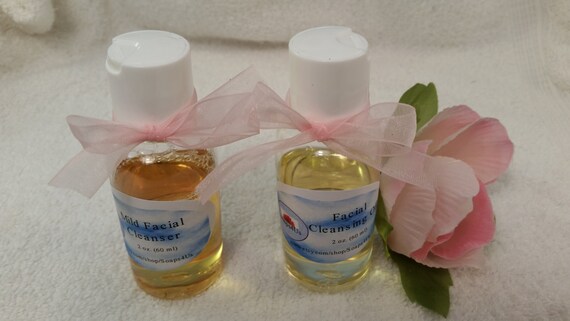
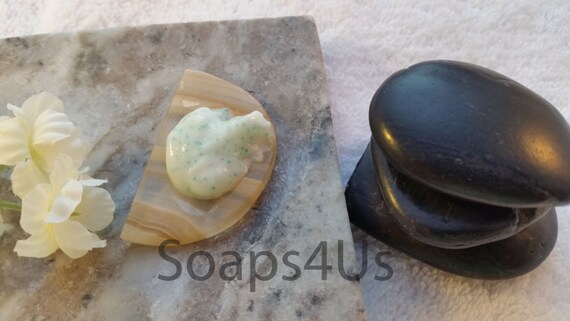


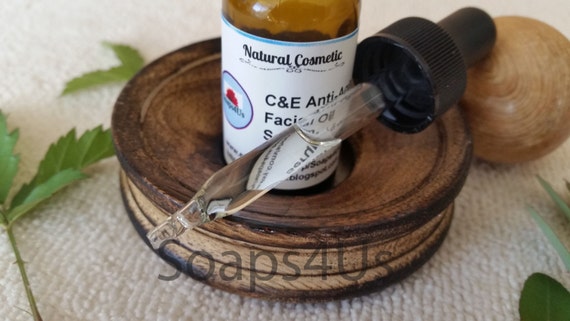
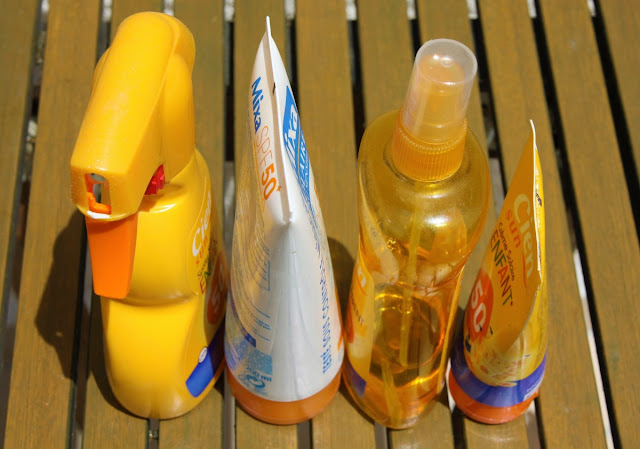
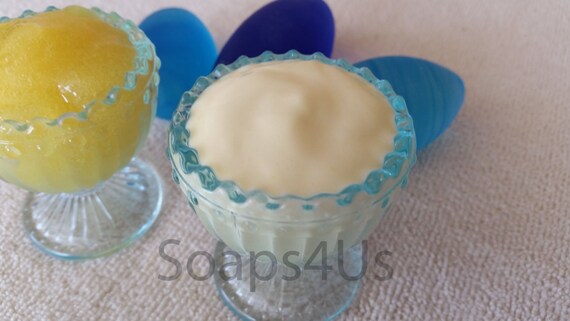

No comments:
Post a Comment